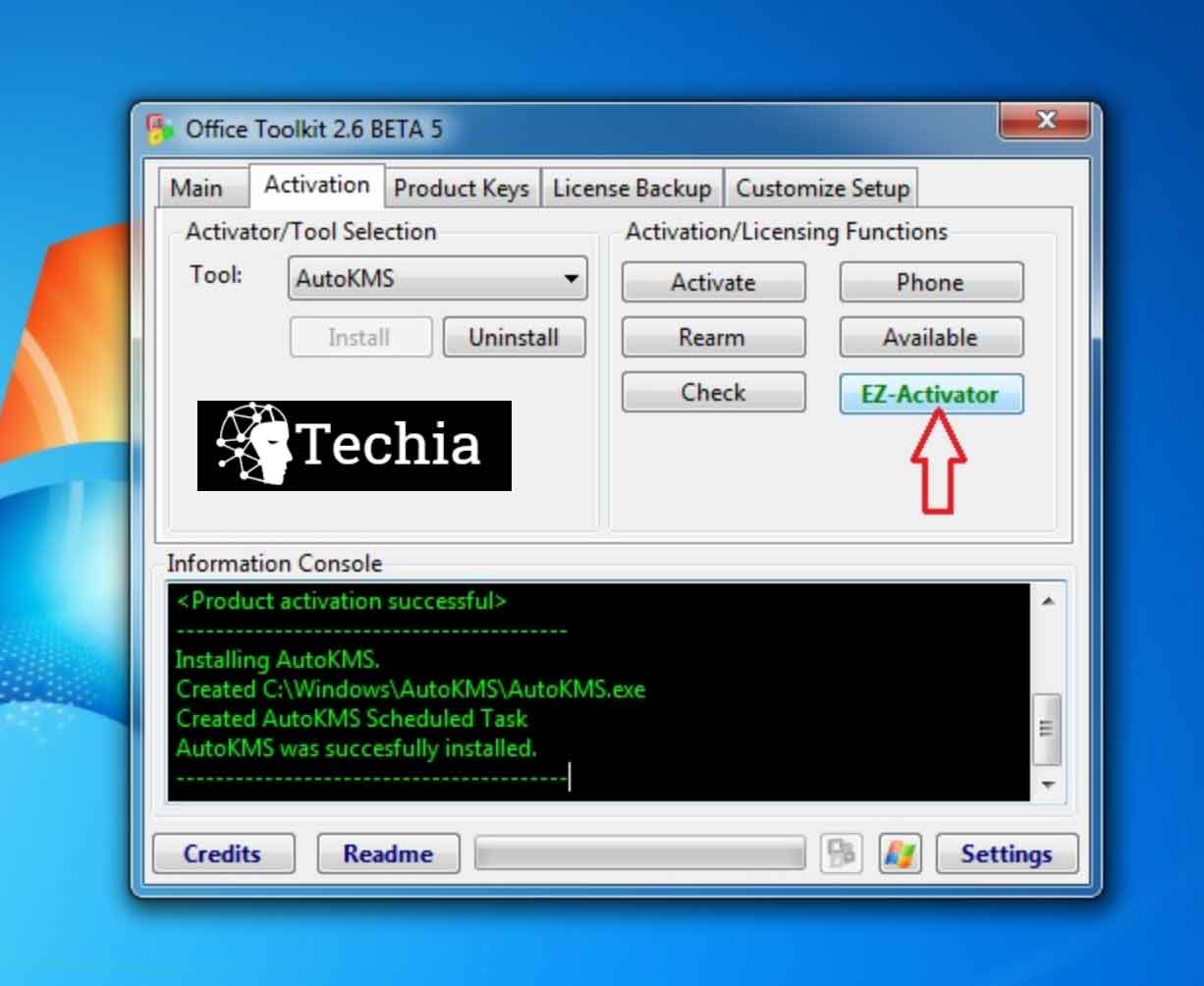Creating emails that convert is an important part of marketing strategy. But, tracking the metrics to understand if your emails are performing and deriving necessary results is more important. Email metrics enable you to know how your subscribers receive and react to your emails.
Depending upon the campaign, expert Salesforce Marketing Cloud consultants can help you identify the key metrics to track for maximum results. However, here are the most critical metrics every email marketer must measure for successful email campaigns.
-
Table of Contents
Email Deliverability Rate
The email deliverability rate indicates whether your emails are making it to the subscribers’ inbox. When an email is sent, it has to go through various filters set by the email servers before it reaches the inbox. If the email is spam triggering or the server reputation is poor, the email will end up in the spam or junk folder. Therefore, it is important to know if your emails are actually reaching your subscribers’ inbox.
-
Bounce Rate
The emails you send can go undelivered due to temporary or permanent issues. The bounce rate measures the number of emails that fail to get delivered to your subscribers. Email bounces are of two types- hard bounce and soft bounce. Hard bounces occur mainly due to irreparable issues such as old or incorrect email addresses, while soft bounces can occur due to temporary issues such as the recipient’s inbox being full or wrongly entered email address. Measuring bounce rates and cleaning the subscriber list regularly is vital for your campaign success.
-
Open Rate
The open rate shows how many subscribers opened your email and how well your email is received by them. The subject line, sender name and email preview text play a key role in achieving higher open rates. Using catchy subject lines with emoticons and persuasive phrases have proven to boost open rates.
According to a recent report by Smart Insights, the average open rate across all industries is 16.97% and an open rate of over 24% means you are doing it right.
-
Click-through Rate (CTR)
The click-through rate helps you determine how well your emails are performing. It is the percentage of users who click on one or more links in your email. For example, if you send an email promoting a flash sale, the CTR would measure the number of viewers who click through the CTA to know more about the products listed on sale. Making the CTA prominent, writing persuasive copy and A/B testing various versions of the email will help you improve the CTR.
The click-through rate is usually lower than the open rate- the average CTR across all industries is considered to be 10.29%.
-
Conversion Rate
While the CTR measures how many people clicked on the CTA, the conversion rate measures the number of users who completed the desired action- such as making a purchase or filling up a form. For example, even if a subscriber opens and clicks through your flash sale promotion email, the conversion happens only when they buy the products listed on the sale. The higher the email conversion rate is, the more is the ROI. A decent conversion rate indicates that the efforts you put into creating and sending emails are getting paid off.
-
Unsubscribe Rate
If your emails do not appear relevant to your subscribers, they may want to stop hearing from you. The unsubscribe link is an inevitable element of email and making it easy for your subscribers to easily unsubscribe is equally important. The unsubscribe rate measures the number of subscribers who click on the unsubscribe button and want to opt out of your email list.
-
Spam Complaints
Apart from clicking on the unsubscribe button, the subscribers who find your emails irrelevant and pointless can also flag your emails as spam. When your subscribers mark your emails as spam, it hampers your sender reputation and can also lead to your email service provider blocking your account. It is therefore very important to keep a check on spam complaints and take necessary measures to avoid them.
-
Email Sharing/Forwarding Rate
The email sharing or forwarding rate measures the percentage of subscribers who recommend your emails by forwarding them to their friends or sharing them on social media. A high email forwarding rate means your subscribers are finding your emails valuable and interesting, which improves your brand advocacy.
-
Overall ROI
The success of your email campaign ultimately depends on the revenue generated from it. The overall return on investment for your email campaigns is the total revenue divided by the total spend. Hire a Salesforce Marketing Cloud email specialist to help you devise the right email strategy that would get you the maximum ROI.
Wrap Up
Email marketing can be too overwhelming for newcomers. From building the email list and creating attractive emails, to choosing the right ESPs to send the emails and tracking the email metrics, it involves a lot of work. If you need help with tracking these metrics, get in touch with our Salesforce Marketing Cloud consultants today!
Author Bio: Kevin George is the Head of Marketing at Email Uplers, one of the largest Email Templates production company which specializes in converting PSD to email templates. He loves gadgets, bikes, jazz, and breathes ‘email marketing. He is a brand magician who loves to engage and share insights with fellow marketers.
Follow Techia for more!









![[pii_email_6af0de65526427ab0ec0]](https://www.techia.net/wp-content/uploads/2020/09/MARK-ZAMUNER-AND-THE-NEW-STYLE-VIRTUAL-PITCH-120x86.jpg)


